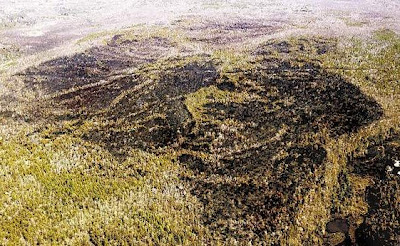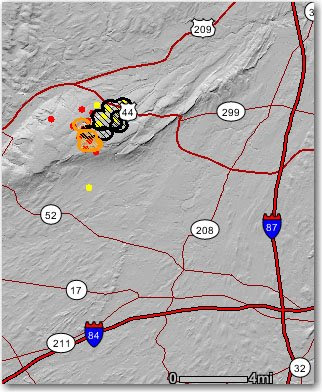The primary mission of these firefighters is debris removal and road clearance for electrical power personnel.
Hurricane Sandy Firefighting Resources Committed as of November 1, 2012 at 0600.
Connecticut
- Incident Management Team Type 2 (Grant)
- Two Type 2IA Crews (MI & MN)
New York
- Three Type 2 Crews
- Two Type 1 Interagency Hotshot Crews (Cherokee short IHC, and Augusta short IHC)
- Five 2 person Saw Crews
- Two Incident Management Team Type 2: (Pisarek) operating at East Farmingdale, and the Maine IMTeam (IC Jeff Currier) operating in Brooklyn.
- NIMO (National Incident Management Organization) (Quesenberry) assigned to support Nassau County NY.
- NIMO (Kleinman) assigned to NYC Mob Center in route
- NIMO (Hahnenberg) assigned to NY State Coordination Center in route
Massachusetts: Fort Devens
- Incident Management Team Type 2 (Kollmeyer)
Pennsylvania: Harrisburg
- Incident Management Team Type 1 (Wilder)
- Two Type 2 crews
- Five IHC Crews (Fulton, Breckenridge, Los Padres, Palomar, Laguna) arriving 11/1/12
West Virginia: Charleston
- Type 2 IA Crew
It is interesting that none of the Incident Commanders listed on the web site for the four NIMO teams are participating in this incident. At least one of them, Steve Gage, has moved to another job. There is no way to tell when the web site was last updated. We are checking on this and will have more information later about the NIMO teams.
HERE is a link to a five-minute podcast Jennifer Jones, a Public Affairs Specialist with the USFS in Boise did yesterday with Steve Gage, the new Assistant Director for Operations with the USFS at NIFC, about using IMTeams and fire crews to help with hurricanes and other non-fire emergencies.



